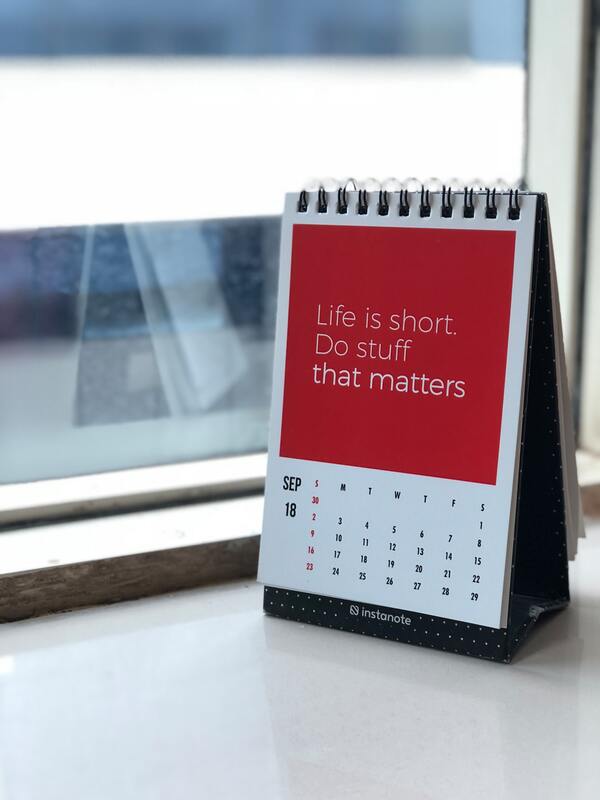|
If you thought the inclusion of devices in classrooms had made puzzles obsolete, think again! Although you’re more likely to see kids learning digitally these days, rather than putting together traditional puzzles, including these in independent centres can have surprising benefits for your learners. A quick and inexpensive way to include puzzles in your classroom is to print 2 copies of clear images of your favourite artworks. Laminate both to help them last longer. Keep one for a master and cut the other one up. The complexity of the cuts and sizes of the pieces will depend on the level you teach. In this post I have included images of my puzzle centre in use - perennial favourite among students of all levels. MemorySolving puzzles helps reinforce existing connections between our brain cells, improves mental speed and thought processes. Furthermore, puzzle-solving improves our short-term memory which helps us notice and remember small details, then visualise how these might fit into the bigger picture. Problem-solving SkillsCreative problem-solving and critical thinking skills are becoming increasingly valued in the workforce today. Puzzles help us to develop these important skills. Puzzles require us to trial different approaches when solving a problem because there is a lot of trial and error involved. Students learn to formulate theories, test hypotheses, and change perspectives when something doesn’t work. Visual-Spacial ReasoningSolving a jigsaw puzzle gets children to look at many different pieces and figure out where they fit within the larger picture. Better visual-spacial skills help with a number of everyday tasks, including:
Positive Attitude & CalmnessPuzzles also increase our brains’ production of dopamine, a neurotransmitter that regulates mood and feelings of optimism. This also affects memory, concentration, and motivation. Dopamine is released every time we successfully solve a puzzle — or even just get one piece in the right place. This encourages students to continue working on solving them and challenging themselves. Puzzles also help us to relax as our brains go from a “Beta,” or wakeful, state to an “Alpha” state when we’re solving puzzles. The Alpha state is similar to the state we’re in when we’re dreaming. This shift in consciousness comes with many benefits, including: Ability to make deeper connections Improved mindset Relieve stress Improve mood Increase our self-confidence Attention to Detail & Increased Productivity Attention to detail is crucial. You need to train your eyes to pick out slight similarities and differences in line, colour or shape that will help you put everything together. An ability to pick up on small details helps in every other aspect of learning. When students are more detail oriented and precise, the quality of their school work improves. Happier, calmer students concentrate better and their productivity levels increase. A puzzle break can help to reset the brain for focused learning. CollaborationPuzzles also build collaboration between learners. Researchers found that giving learners the opportunity to work together on solving puzzles, allows them to improve their relationships and their abilities to cooperate over completing a task. Including more complex learning tasks later on. Puzzles & AdultsAnd if you like the sound of all of this, puzzles have great benefits for adults too. They delay the symptoms of dementia and Alzheimer’s disease. Keeping the mind active through puzzles and other problem-solving activities can reduce the amount of brain cell damage that occurs in Alzheimer’s patients. It also supports the growth of new nerve cells and strengthens the connections between them. Researchers have also found a correlation between the number of years someone has been solving puzzles and the likelihood that they will develop Alzheimer’s. So, the sooner you start making puzzles a regular part of your family and classroom life, the better. It’s never too early to start protecting your brain. Kia Kaha (stay strong) With love Mea Make Art Puzzles For Your Classroom
$3.00
Thank you for your interest in this resource. This is a print and easy to prepare learning resource to help you create a logic centre in your classroom. Can also fit into Art, Maths and collaborative task centres. Read my blog post about the benefits to your students when you offer puzzles in the classroom. https://www.help-me-learn.com/blog/the-benefits-of-solving-puzzles-for-children This resource contains 10 full colour images of masters artworks in the Public Domain with Creative Commons licensing. They have simple cut-line overlays for you to start with. You can make the puzzles more complex later by adding more cuts. A reference image for each puzzle is also included for students to use as a guide. View the images for more information. ------------------------------------------------------------------------------------------------ TEACHERS SUPPORTING TEACHERS ❤️ Connect with Help MeLearn by following this store on Instagram and Facebook. Be the first to learn about new products added to the store Please preview the photos before you buy. If you have any questions, please contact me BEFORE you purchase. ⭐️ ⭐️ ⭐️ ⭐️ ⭐️ If you value this resource, please leave a strong rating to encourage other teachers. Every care is taken with editing this resource and at times, errors can still sneak through. Rather than leaving a negative rating, contact me directly and be specific in your feedback so that I can make those improvement and give you, and others the best quality resource.
0 Comments
Making the most of working and learning from home is all about attitude. Approaching this new (and temporary) situation with positivity and a sense of adventure, even humour, can make it a time of adventure and connection. First thing that all members of the family need to accept is that the usual routines will not longer apply and everyone will ned to make compromises. But viewing these compromises as opportunities for kindness, gratitude and togetherness, will go a long way toward ensuring a positive experience for all. With this as the focus, I have collated suggestions about Daily Routines below that could help your family along the way. Share this post with your friends and families in your community, and let us support as many people as we can, together. RoutinesRoutines are important so that everybody knows what to expect. Adults have routines at work, children thrive on routines at school. Now these two diverse routines collide as parents work from home and school close indefinitely. So a new routine that accommodates everyones needs at a minimum, needs to be drawn up. Everyone in the house needs to be involved in this draft because it effects everyone. When you don't have full buy-in from the whole family, an imposed routine will soon unravel. A daily routine can include elements like family time, independent time, learning time, work time, exercise time and house keeping time at a minimum. Then, each family will have their own unique elements to fit within those. Depending on your family, elements of the routine can be successfully combined, like family and exercise time or house keeping and learning time, even work and independent time. Develop a routine that suits your family's needs and lifestyle, try it out and then make justifiable modifications as needed. Work Time for AdultsDepending on your job and working style, your work time requirements will differ. Some people need complete isolation to carry out work tasks, while others can comfortably carry these out at the kitchen bench on a laptop. Set yourself strict work hours that do not exceed what you would normally do at the office. When you have elementary aged children at home (or younger), you will need to modify your work hours / times around meeting their needs as well. Trying to do both simultaneously, usually doesn't work well. However if aspects of your job can involve your children's help, this is a great opportunity for them to learn about the working world and also a bit more about what you do all day while they are at school, leading to a greater level of understanding and intergenerational empathy. Home LearningIf and when schools close for health and safety reasons, parents will suddenly need to play a greater role in maintaining their children's academic level (if not progress) and interest in learning. This can be daunting for many parents, whose priority centres around maintaining their jobs and income, or who may not even be able to stay home because of the nature of their work, or who are looking after several children within their family / community networks while other parents are still attending to their jobs for as long as possible. Your first port of call is your child's school communication system. Schools across the world are requiring that their teachers supply learning guidance for their classes, to maintain a sense of communication, belonging and community. This can come with its own challenges because every household is different, their access to resources differs greatly and each family's routine is unique. Saying that, learning time still needs to be built in. Don't get stressed out by work that teachers post for your children, make sure that you give honest feedback about what is working for you and your family. Teachers would rather know how the planning they provide for distance learning is being received and why. They are well versed in differentiating their programmes within the classroom already, so it would only follow that the same would be required for distance learning classrooms as well. You can also read my next post for a list of open-ended home learning ideas to try. Family Time, Exercise and House KeepingThese 3 areas of the routine are also important. When families are required to stay isolated from others, tolerance levels for those that they are with, can quickly waver. Even more so when jointly drafted routines are not respected by members of the family. Times that the family spend together, free of work and pressures, just to have fun and play, can help to diffuse any building tensions. These times can be spread throughout the day and coincide with snack and meal breaks. Exercise is also imperative. If you can, go fo a walk or bike ride, outside in the fresh air. If not, then explore your garden or start a yoga or gentle exercise routine that you build onto each day. Aim to include the whole family, ensuring that everyone is getting some activity to help elevate their mood and health levels. With people spending a lot more time in their homes, the place can quickly get untidy and messy. Everyone needs to play a role in maintaining the home and time needs to be set aside for this. Assign chores to each family member and a time that these need completing by. Giving children house keeping tasks teaches them responsibility, independence and a sense of community spirit - all working together for the greater good. My final word in this post needs to be that nothing lasts forever so these challenging times too shall past. And if you approach it with hope, positivity and kindness, you will come out on the other side with an even stronger family bond, then what you started with.
Take care of each other! Kia Kaha (stay strong) Mea |
Thoughts on TeachingStuck for ideas? Grab a cup of tea, put your feet up and settle in to read my teaching blog focused on all matters in teaching and Visual Art. Archives
March 2023
Categories |










 RSS Feed
RSS Feed
